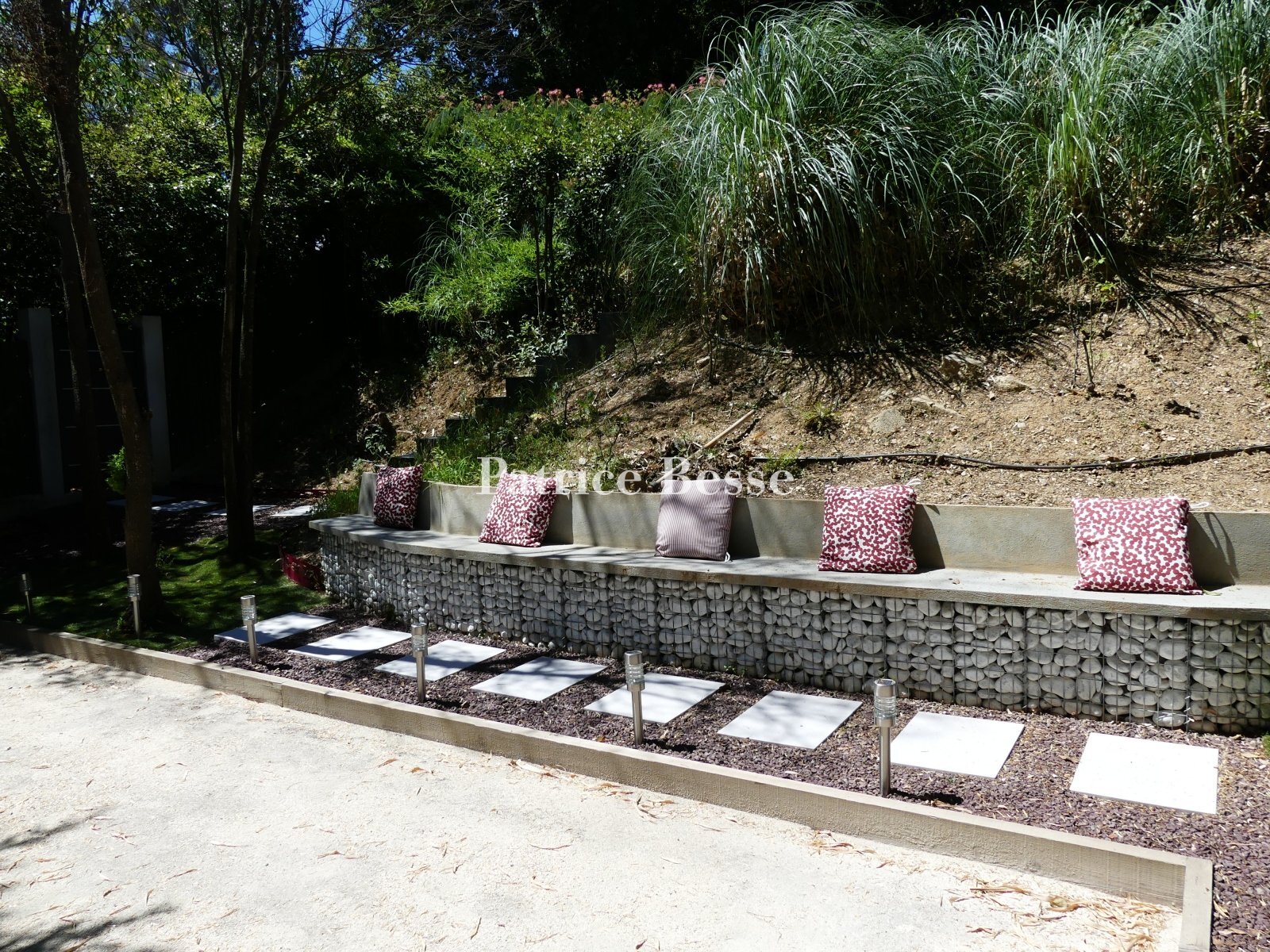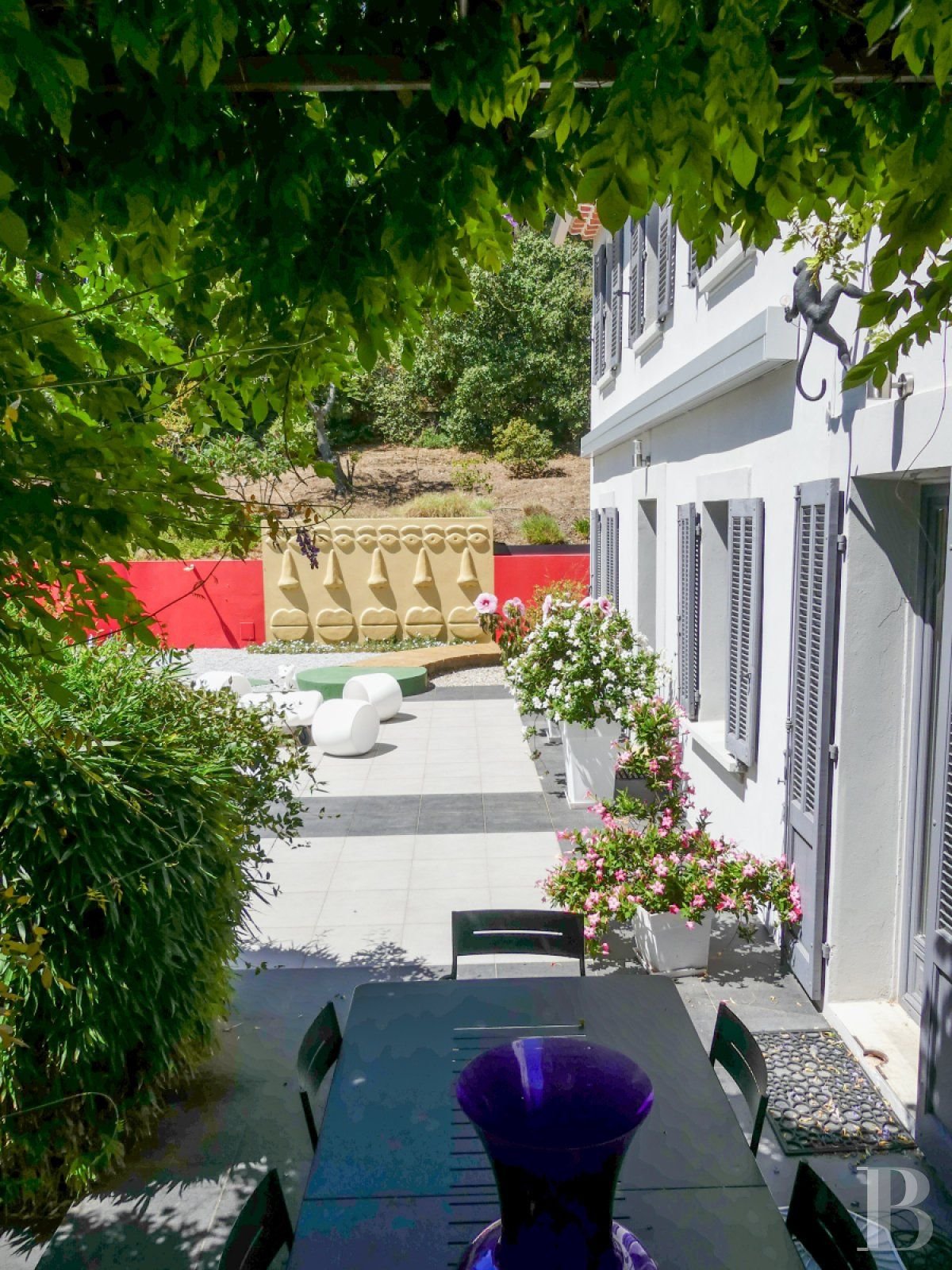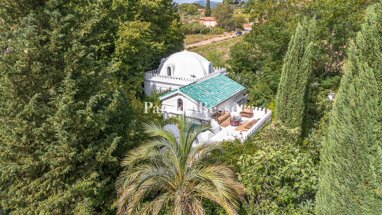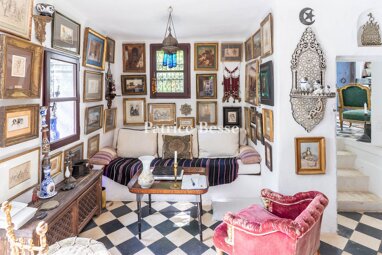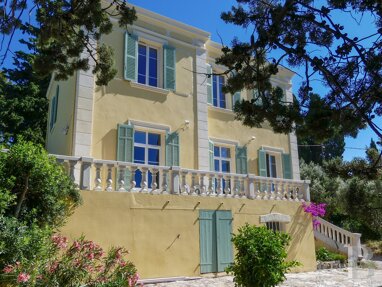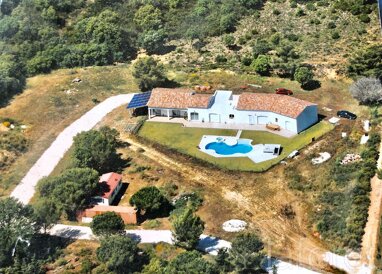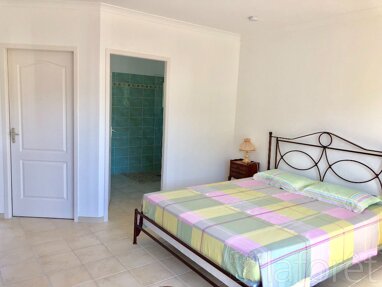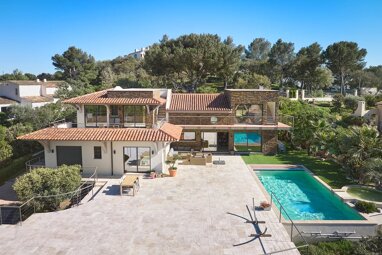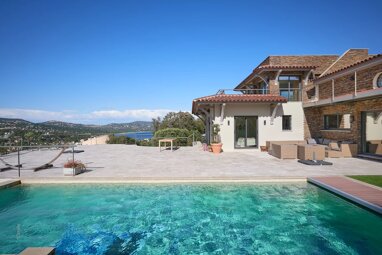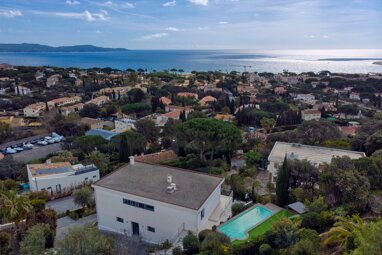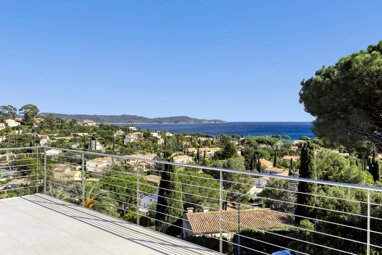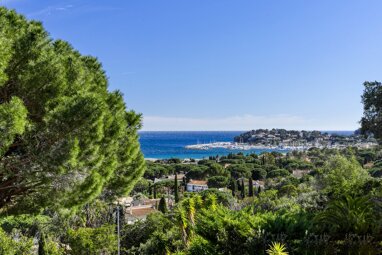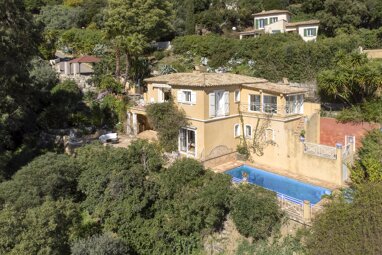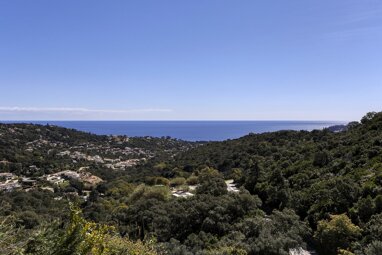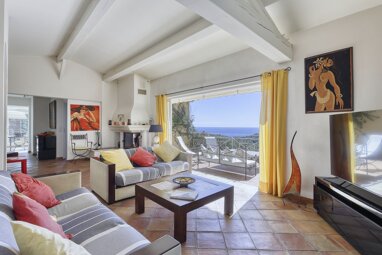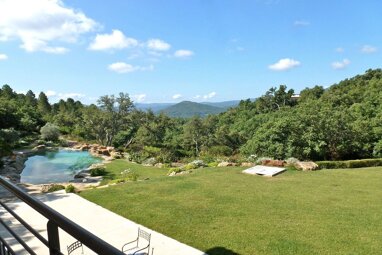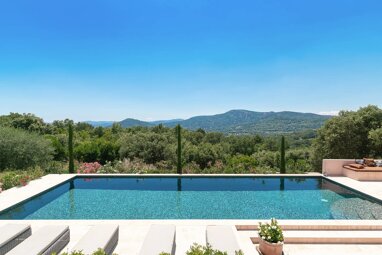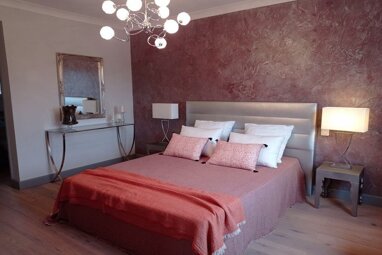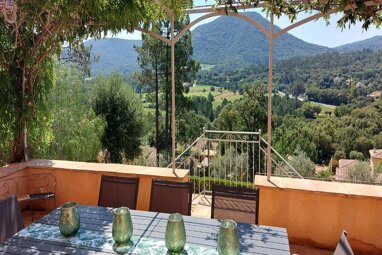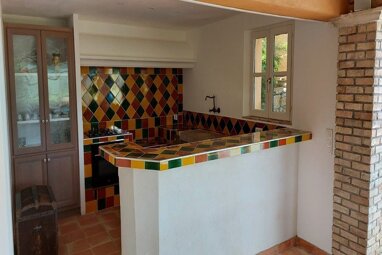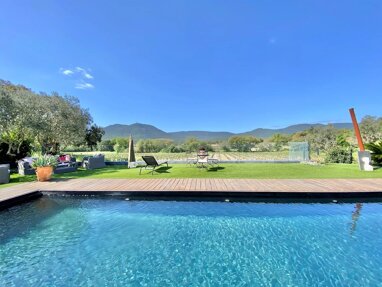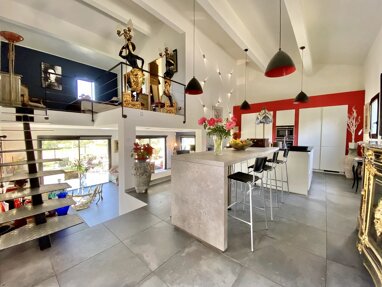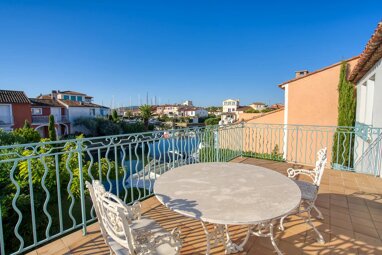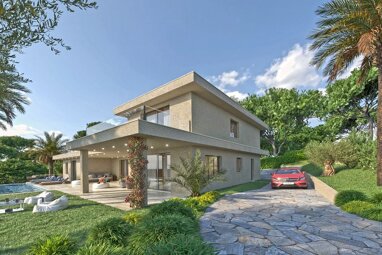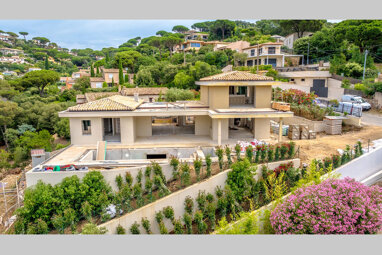An 1862, renovated, traditional Bastide house, with a pool and more than 2,000 m² of land, in a wooded valley, near the beach and the centre of La-Sey
An 1862, renovated, traditional Bastide house, with a pool and more than 2,000 m² of land, in a wooded valley, near the beach and the centre of La-Seyne-sur-Mer.
This property is a kilometre from the town centre of La-Seyne-sur-Mer, a town with a booming economy and tourist industry after a century of naval construction, now ended. It stands at the end of a quiet, no-through road in a little valley which appears out of the world. Amenities are nearby and it is easy to get from one place to another.
The large Les-Sablettes beach, 2 km away, is just a 10-minute drive and shady hiking trails through Janas Forest are 15 minutes away. Toulon town centre and its TGV train station can be reached either by road or via the shuttle boat, crossing the harbour in 20 minutes. It takes 1¼ hours to get to Marseille-Provence international airport by car.
A no-through road, about a hundred metres long, is accessed from a street that is on the municipal bus route. Said road gives access to the entrance, with its remote-controlled gates, and a parking area for four or five cars.
This property takes up a little more than 2,100 m² of enclosed land, enhanced with several species of plants, a swimming pool, a French bowls pitch, a well and a long, tiered area, backing on to a little hill. The traditional Bastide, house, spanning approx. 150 m² of living space, faces south. The neighbourhood is quiet, wooded and not very built-up; these premises are, consequently, preserved in a vast, private setting and completely unoverlooked.
The traditional Bastide houseConstructed in 1862, this rectangular building is topped with a gable roof, covered with Roman tiles and featuring a double overhanging cornice. It faces south through five symmetrical windows or French windows on each of its two levels. It blends grey and white hues with the green and red colours of the vegetation and the exterior features: garden furniture and low painted walls. The house has been extended northwards by a single-storey construction, with a straight window, an arched door and a single-sloped roof. It houses an entrance hall and a kitchen. The dressed stone and quarry block walls are 45 cm thick and all the windows are double-glazed.
The garden-level floor
Once through the gates and the small carpark on the north side, visitors can access the house via a large, wrought iron, glazed door which opens into an entrance hall, also used as a study. A vaulted opening then leads to three adjoining areas, spanning approx. 50 m², on the south side, forming a lounge and a dining room. Floors are paved with Egyptian stone, whilst the exposed natural, wooden beams and joists act as a reminder of the venerable age of the house; a double-sided fireplace, from a recent era and reflecting a contemporary style, has been hewn in a wall shared by the two rooms. Two stairways, paved with tiles and featuring wooden nosing, go upstairs; one from the lounge and one from the dining room. Light is omnipresent and the colours warm. The remainder of the tour of this level leads back to the kitchen on the north side. Fully fitted, it is dominated by the sober grey hue of the polished concrete, used for the floor and the worksurface. Visitors then return to the entrance hall, housing a guest toilet and leading back to the living room. The various doors are straight and made of varnished wood.
The first floor
The stairway going up from the dining room is enhanced with sober wrought iron railings. It provides access to the biggest bedroom, spanning a surface area of almost 20 m². Illuminated by two windows facing south and one facing north, it includes an open-plan bathroom and a large wardrobe. The floor, bath and wash-hand basin are all made of polished concrete. As in one of the other upstairs bedrooms, the beams, rafters and local tiles are exposed. The other ...



